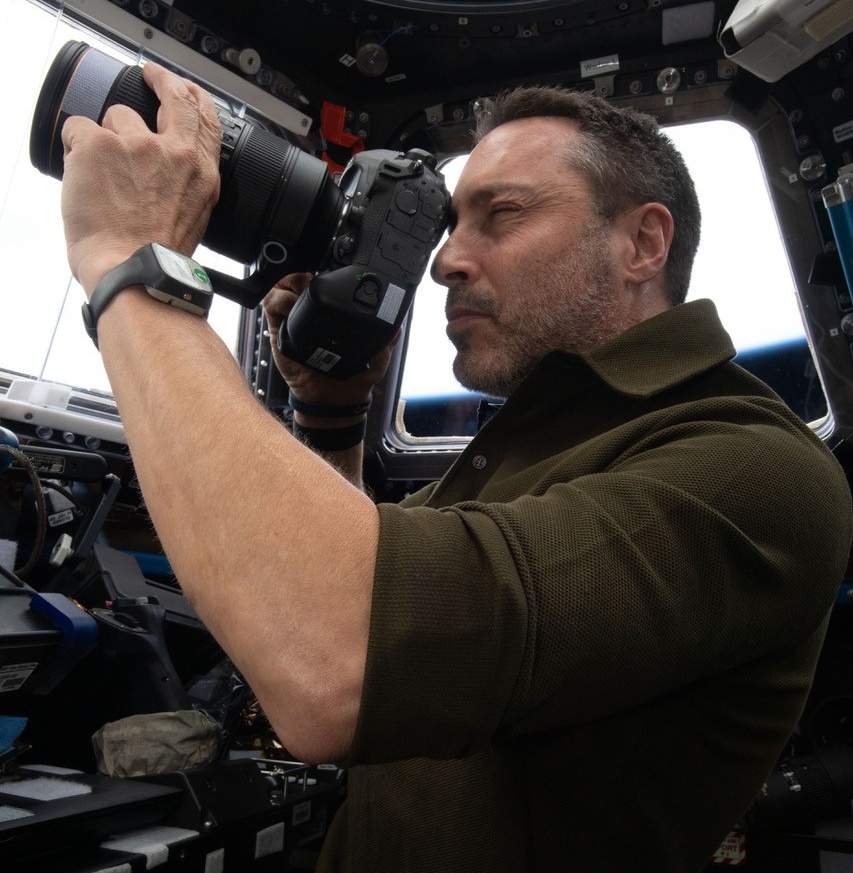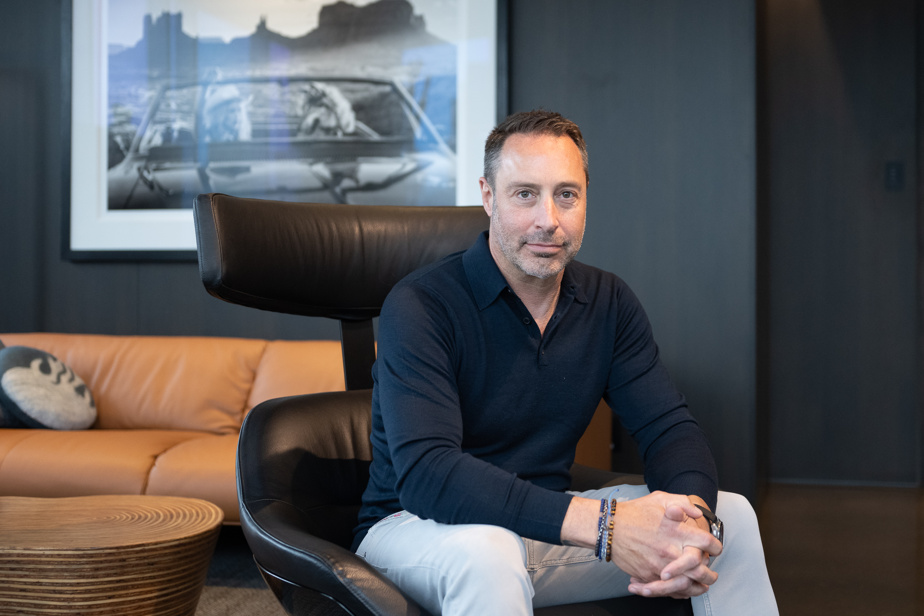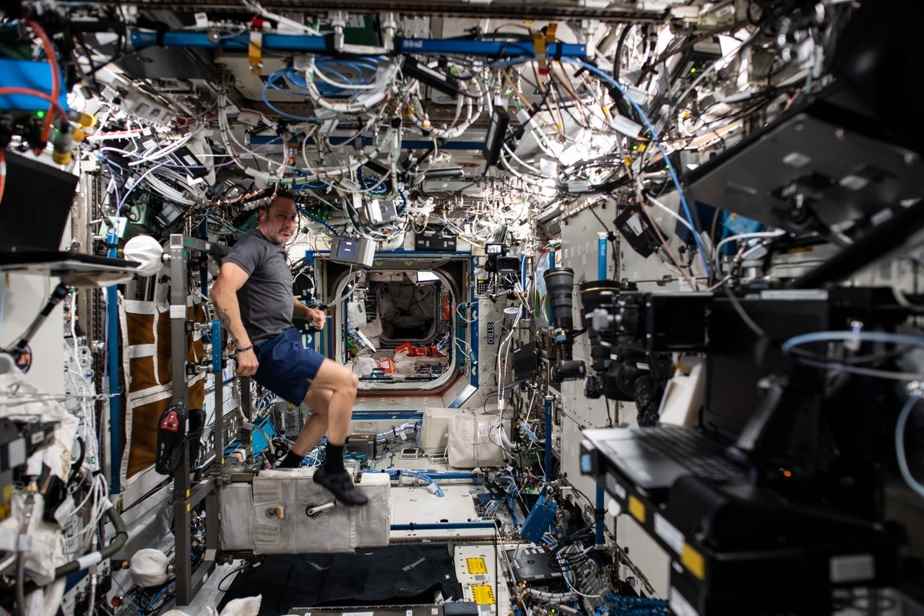“It was not an altruistic gesture. I did it for a unique personal experience, but as long as I went to space, I wanted to make a positive difference in society. »
Posted at 8:00 a.m.
Montreal businessman Mark Pathy recently spent US$50 million on a private mission to the International Space Station. Installed in the offices of his company, Mavrik Corp., the entrepreneur recounts his experience.
“When I made the decision to go into space, I contacted the Canadian Space Agency and the Montreal Children’s Hospital Foundation. I asked them what I could make as a Canadian contribution to science,” he says.

PHOTO CATHERINE LEFEBVRE, SPECIAL COLLABORATION
Mark Pathy with the President of the Montreal Children’s Hospital Foundation, Renée Vézina.
During his mission as a private astronaut, the entrepreneur conducted research on chronic pain, the microbiome and sleep disorders. It has also carried out Earth observation and photography missions in partnership with research centers and universities.

PHOTO PROVIDED BY MARK PATHY
Mark Pathy photographing Earth from the International Space Station
This mission, organized by the American company Axiom Space, was the first entirely private to go to the International Space Station. A spaceship from SpaceX, a company founded by Elon Musk, was used for the trip.
A painful experience
After more than a year of training, including seven months full-time, the entrepreneur flew to the International Space Station on April 8. He was accompanied by two other businessmen and a former NASA astronaut, Michael Lopez-Alegria.
When we arrived at the station, I was completely disoriented. I did not feel well. I felt sick. For the first few days, I had pain in my back due to microgravity and I had a headache.
Mark Pathy
His experience is not unique. Studies conducted on the pain experienced by astronauts have shown that microgravity in space, when the gravitational forces are very weak, can increase the perception of pain.
The Dr Pablo Ingelmo, a chronic pain researcher at the Montreal Children’s Hospital, wanted to learn more about this little-known field of study. “When I was contacted to tell me that I had the opportunity to do an experiment in space, I immediately contacted my team. I told them to cancel everything they had planned for the weekend. On Monday, we had created the whole protocol, ”he said.

PHOTO CATHERINE LEFEBVRE, SPECIAL COLLABORATION
Mark Pathy
Mark Pathy underwent a series of tests before, during and after the spaceflight, including questionnaires, blood tests and MRI scans. In the coming months, the researchers will compare the results obtained, in order to determine whether the astronaut’s body and his perception of pain have changed during the process.
The Dr Ingelmo wants the information collected in space to advance pain research here on Earth.
disturbed sleep
For its part, the DD Pediatric sleep specialist Evelyn Constantin sought to understand how the spatial environment affects sleep. To do this, Mr. Pathy always wore a bracelet to measure wakefulness and sleep. “He wore it before the mission, during and after. We are comparing the different moments, in order to see the impact of the space mission on his sleep, ”says the doctor.
Although the results of the study are not yet available, the astronaut confirms that the quality of his sleep was disturbed during the flight.
It was hard, sleeping in space. There’s no visual cues to tell if it’s day or night, so it affects the circadian rhythm.
Mark Pathy
The man slept upright in a sleeping bag hanging from the ceiling. “I got used to it after a few days, but at first it wasn’t easy,” said the astronaut, who slept about five hours a night. “I was taking sleeping pills almost every night,” he says.
The DD Constantin also studied the impact of space travel on the microbiome, that is, all the microbes, such as bacteria, fungi, viruses, which live naturally on and in our body. “Sleep and the microbiome are things that have been little studied until now during short space missions. It was a unique experience,” she says.
The return
When he was not participating in scientific experiments, Mr. Pathy kept busy: lectures with schools, interviews, Earth observation, photography.
In total, it remained in orbit for 17 days, a week longer than planned. “The weather was not good enough to come back, it was too windy in Florida,” he explains.
His team finally landed off Florida on April 25. A SpaceX ship came to retrieve it from the Atlantic Ocean, off Jacksonville.
Two months after his return, Mr. Pathy is still amazed by his experience. ” It was wonderful. It changed my life,” he concludes.
With Agence France-Presse

